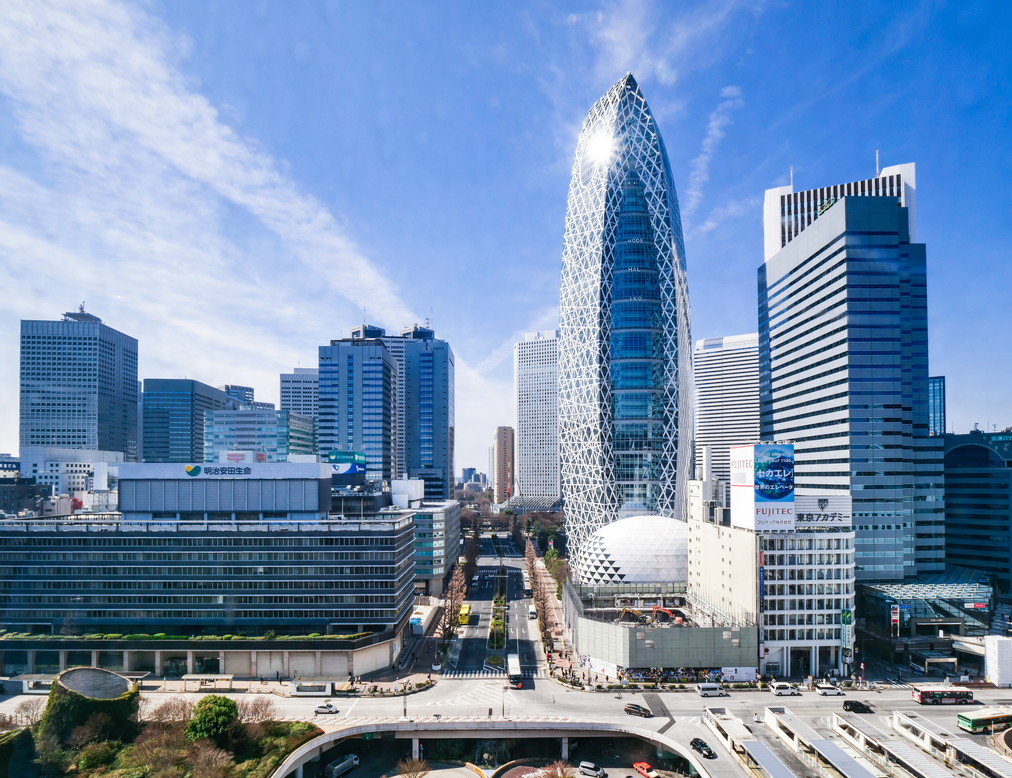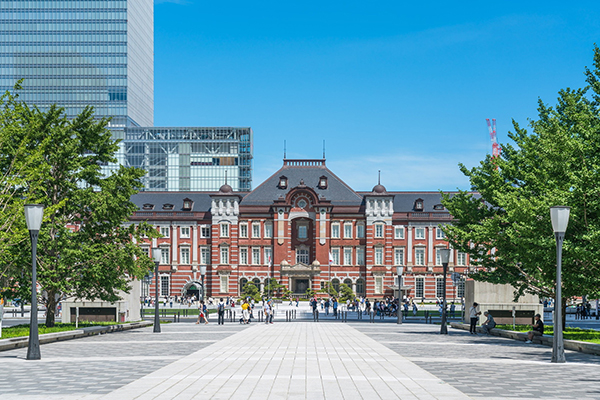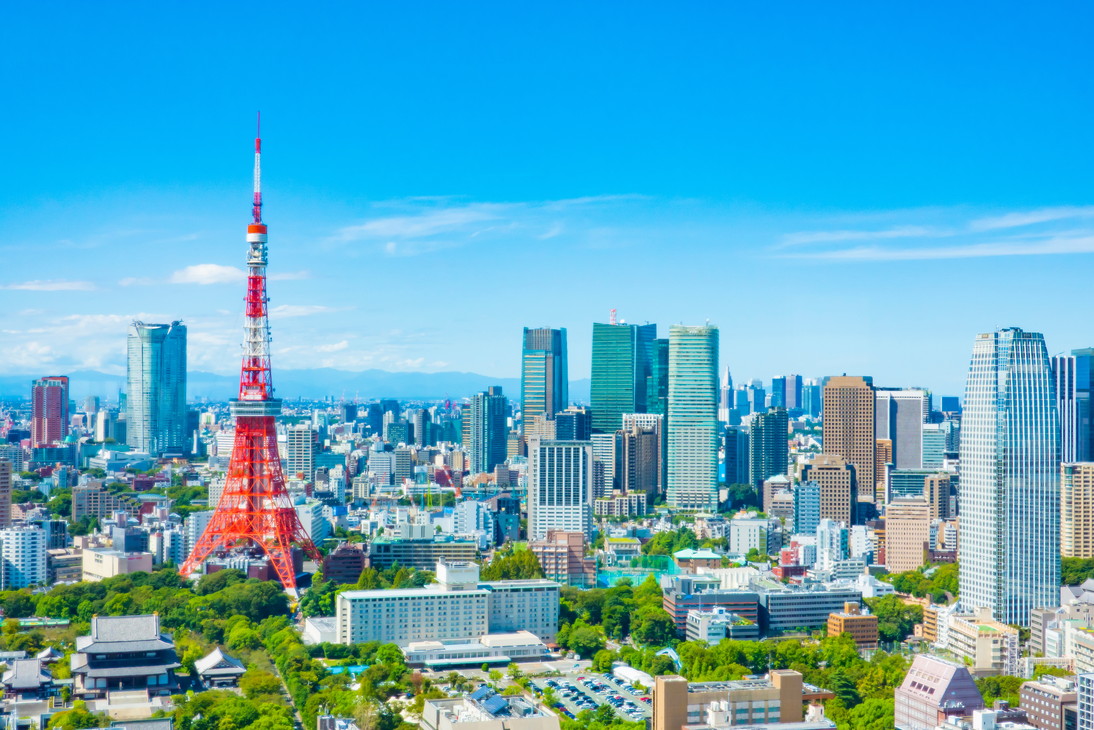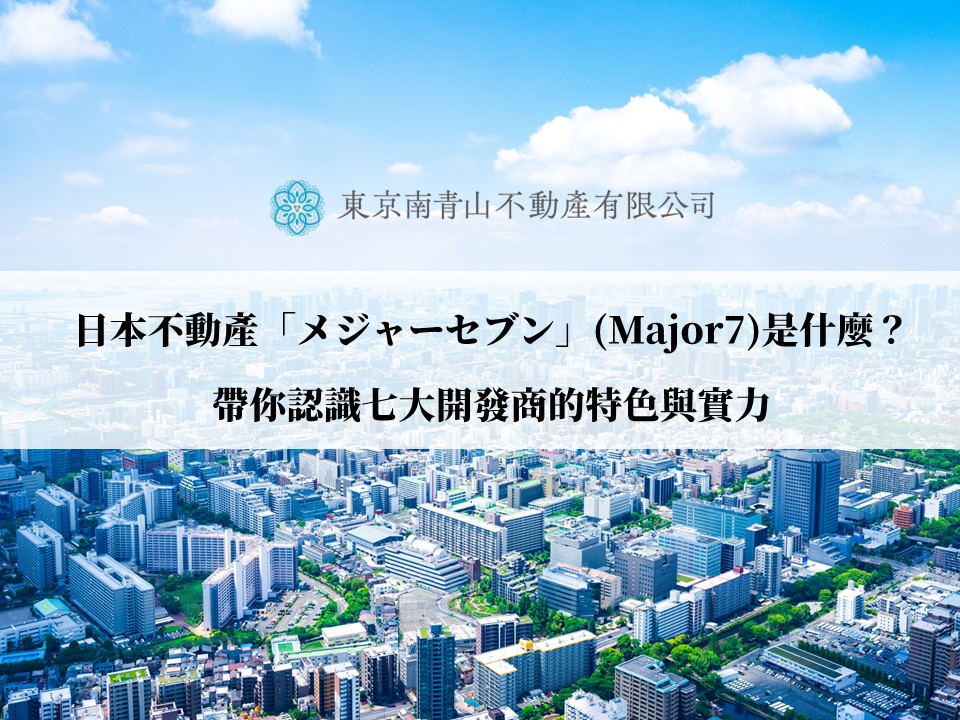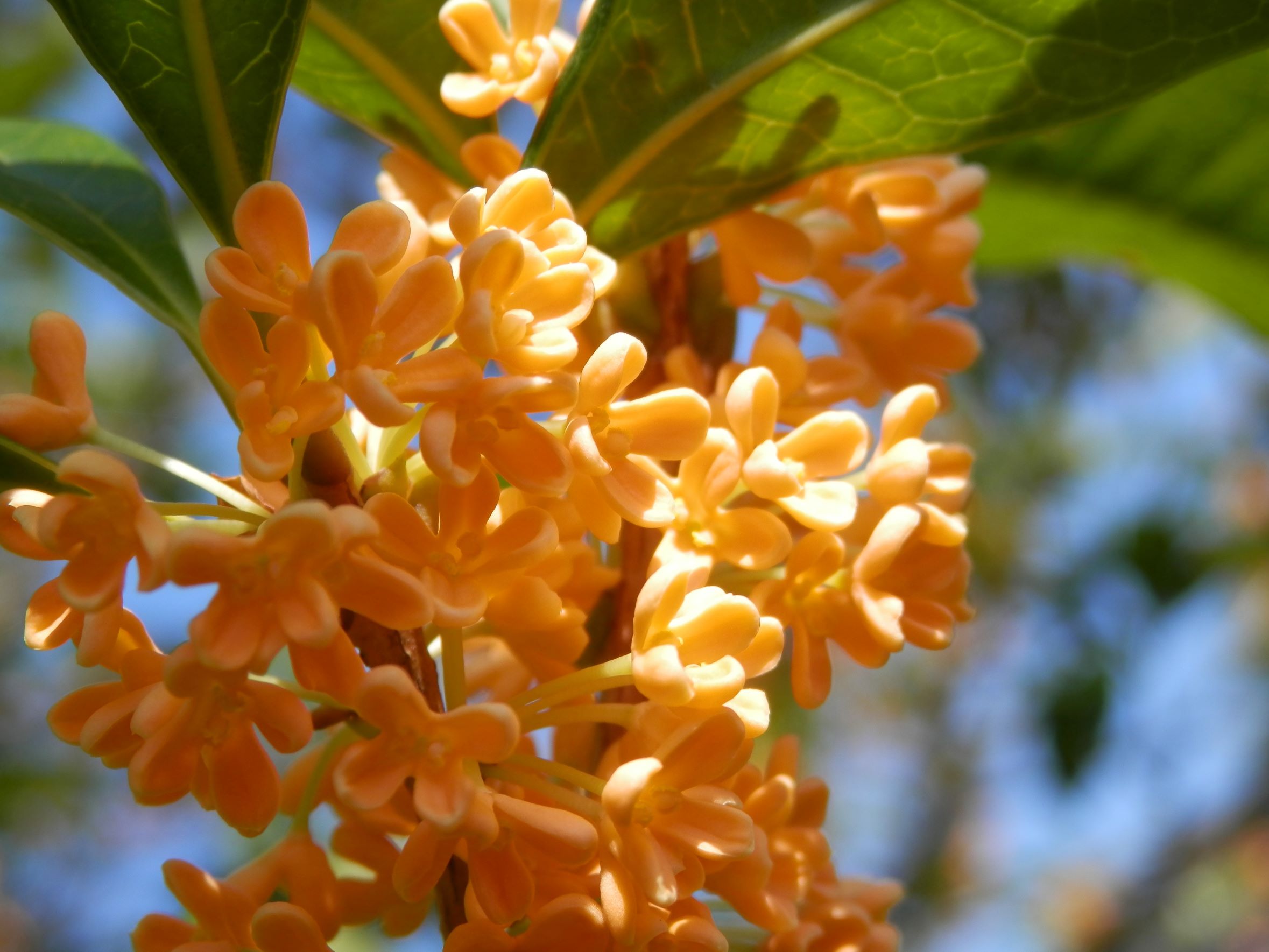The world's biggest terminal station, Shinjuku Station, boasts the highest number of passengers worldwide.
West exit of the station is home to the Tokyo Metropolitan Government Building and other modern office buildings, while Kabukicho, the town that never sleeps, stretches to the east.
Shinjuku Ward gives a particularly strong impression of being an exceptionally modern area. Nevertheless, it is also an interesting city, where the people who live and visit change completely depending on the area, including towns with a sense of history and emotion, such as Kagurazaka, high-class residential areas such as Ichigaya, student towns such as Takadanobaba, and tourist areas with an exotic atmosphere such as Shin-Okubo.
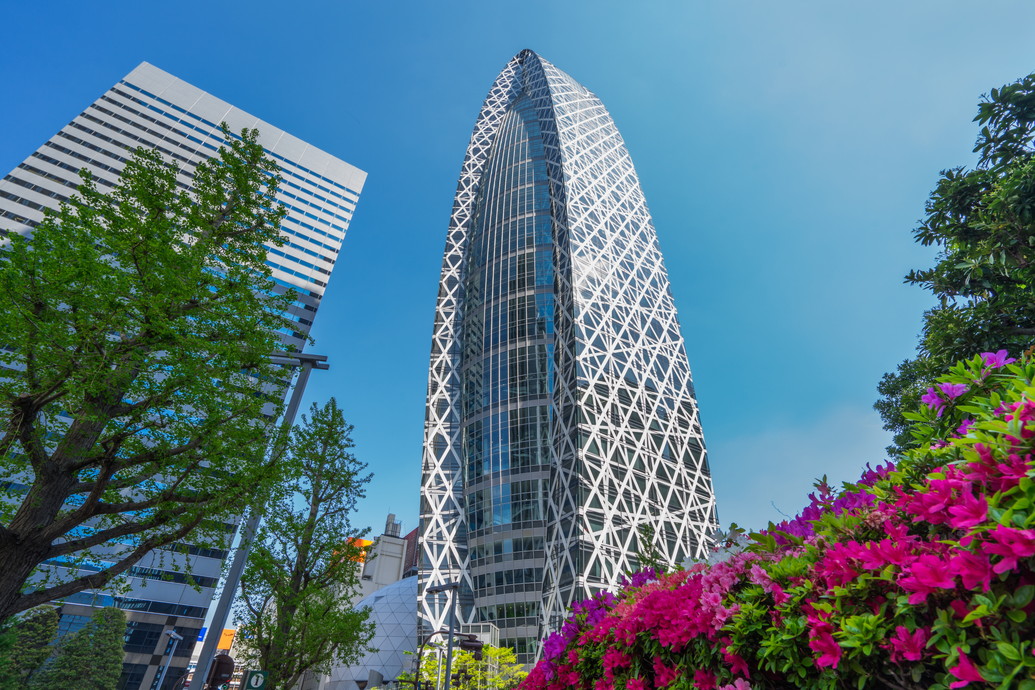
Shinjuku, a city where people come and go and assemble, both now and in the past Shinjuku Ward draws many people day and night.
The name Shinjuku comes from the fact that the area was a post town on the Koshu Kaido (trackway), a five-road highway developed during the Edo period (1603-1868). Naito family who had a residential compound in this area at that time returned the land to the Shogunate when they built the new post town, so it was called "Naito Shinjuku", meaning "a new inn built on the site of the Naito family compound". Therefore the whole area was later called Shinjuku.
Naito Shinjuku was a very busy post town on the five highways connecting Edo and the provinces. And Shinjuku Station boasts the highest number of passengers in the world. This area has developed as a terminal now and in the past.
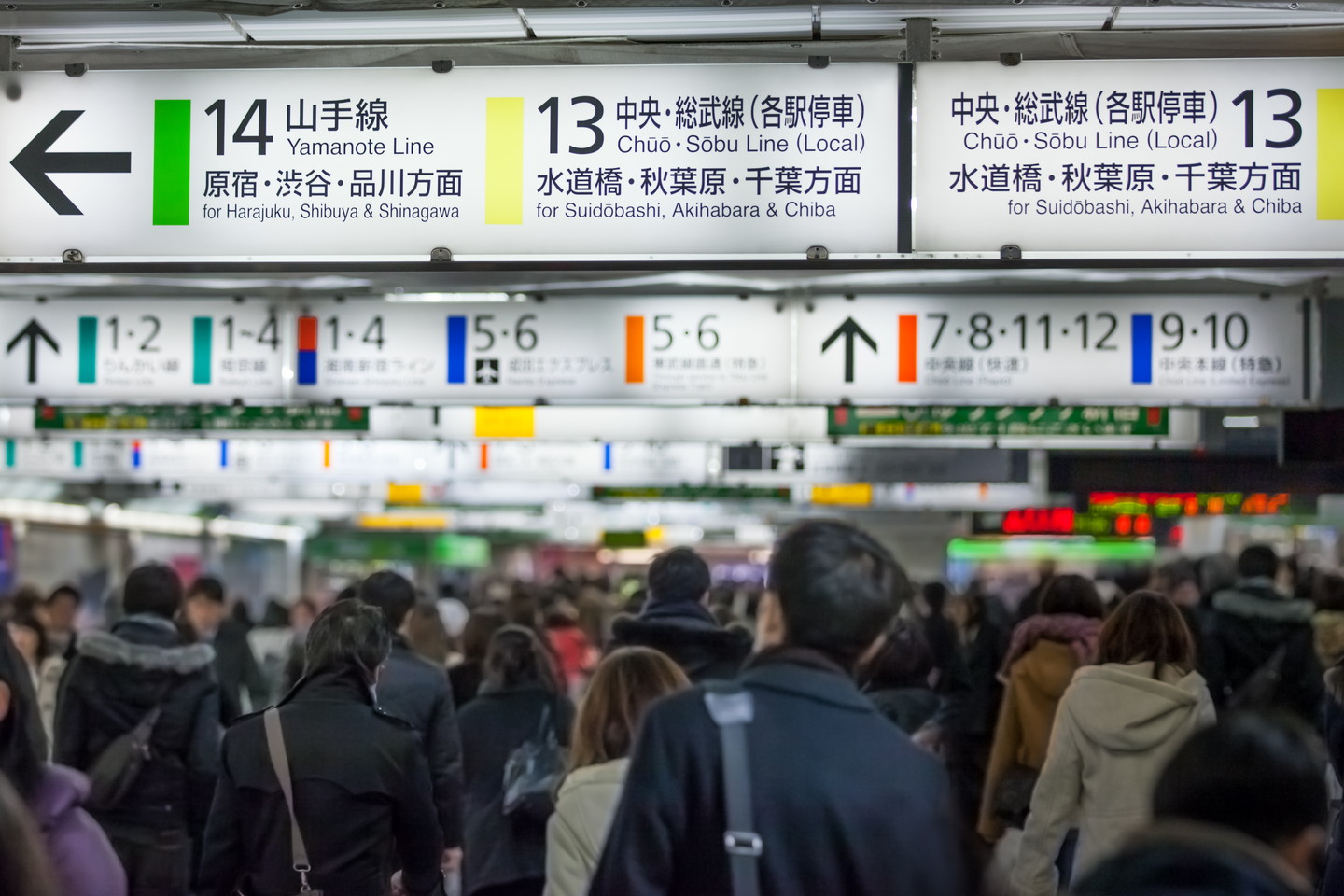
Also, from a historical point of view, the Kagurazaka Hanamachi area cannot be missed.
As one of 'Tokyo Six Flower Streets', this area flourished in the Taisho era (1912-1926) and was crowded with restaurants and shops, and was a favourite haunt of many cultural figures, including Natsume Soseki. There are many alleys that are said to be unique to Hanamachi, and one, called 'Hide-and-seek Yokocho', is so intricate and narrow that it is said that 'even if you come to Hanamachi for fun, if you go into this alley, you can escape your pursuers'.
Today, Kabukicho has a strong image as a 'nightlife district', but in those days Kagurazaka was the place where people sought entertainment and was popular as a town for adults where they could have fun.
And one more thing. One thing that may seem surprising is that Shinjuku used to be a dyeing quarter. Among these, the traditional crafts of "Tokyo Dye Komon" and "Tokyo Tegaki Yuzen", designated by the Minister of Economy, Trade and Industry, flourished in and around Takadanobaba in Shinjuku Ward. After the Meiji and Taisho eras and into the Showa period (1926-1989), demand increased due to the development of dyed goods incorporating the fashion of the time, and Shinjuku came to be known as one of the three major production centres, along with Kyoto and Kanazawa.
Places favoured and based by cultural figures
Shinjuku is where many well-known cultural figures have based themselves. Their residences and studios remain today and are famous as historical sites for their elaborate architecture. The former residence of Fumiko Hayashi, author of the bestselling book 'Horoki (A Wanderer's Notebook)', has been selected as a historical building by the Tokyo Metropolitan Government, while the former residence of Momiyo Ozaki, author of 'Konjikiyasha (The Golden Demon)', is a designated historical site in the ward, and the former residence of Kyoka Izumi, famous for 'Koya Hijiri (Priest of Mt. Kouya)' and 'Yashagaike (Demon Pond)', is a registered historical site.
Soseki Natsume, a great writer of the Meiji era, famous for his novels 'Wagahai wa Neko Dearu (I am a Cat)' and 'Botchan (Young master)', was born and grew up in Shinjuku and spent his later years here. Soseki Sambo, located in what is now Waseda Minamimachi, was used as a salon where his disciples and many cultural figures gathered. Soseki Sambo was destroyed by fire during the war, but in 2017 it was reborn as the Soseki Sambo Memorial Museum to commemorate the 150th anniversary of his birth and is much loved by many people.
Shinjuku, a ward with many town names
During the Edo period (1603-1867), politics was centred on Edo Castle in present-day Chiyoda Ward, and many samurai residences were located in Shinjuku Ward. Many of the town names are derived from events of the time, and have been preserved to this day through the efforts of the townspeople to preserve them.
Yotsuya
According to some theories, Yotsuya was named after the four valleys of Sendagaya, Myogadani, Okamidani and Sennichidani, or after the four teahouses, which were called 'Yotsuya', hence the name 'Yotsuya'.
Speaking of Yotsuya, there is the 'Oiwa Inari Tamiya Shrine' and 'Oiwa Inari Younji Temple', where the famous 'Oiwa-san' from 'Tokaido Yotsuya Ghost Story' is enshrined.
Takadanobaba
The name of this area originates from the horseback archery event dedicated to Ana Hachimangu Shrine by the 8th shogun, Tokugawa Yoshimune, to cure his son of smallpox, and the establishment of a stable where horsemanship could be practised.
Takadanobaba is also famous as the site of the 'Duel in Takadanobaba', an episode of Horibe Yasube, one of the Ako warriors who were the subject of the popular 'Chushingura' stories both at home and abroad.
Hyakuninmachi
The name "Hyakuninmachi (Hundred People Town)"derives from the fact that during the Edo period there was a residence of the 'Iga-gumi Teppo Hyakunin-tai (Iga clan, 100 gunmen)', which was under the direct control of the shogunate. The Teppo Hyakunin-tai was created to prepare for attacks from the west side of Edo Castle and protected the city of Edo.
Yet, as it became more and more difficult to achieve war results in the 'peaceful' Edo period, the lives of lower-ranked warriors including the Hyakunin-tai became difficult. This is when they began to cultivate azaleas as a sideline. Later, azalea cultivation flourished in the area, leading to the azalea being designated as the ward flower in 1972.
Worth seeing and feeling at least once! Historical buildings in Shinjuku Ward
Apart from the historical sites mentioned above, there are many other historical buildings in Shinjuku City. And many of the historical buildings in Shinjuku City are not only buildings, but also have important significance in the history of Japan.
Shinjuku Imperial Garden
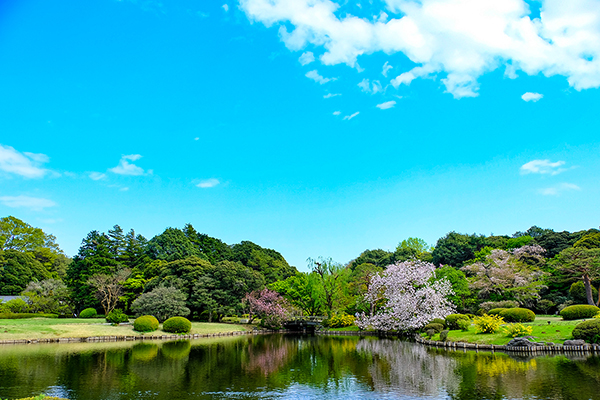
Formerly land given by Ieyasu Tokugawa to his vassals, the Shinjuku Gyoen was converted into a garden under the jurisdiction of the Ministry of the Imperial Household after becoming the Naito Shinjuku Experiment Station, which was created to improve pastoral gardening in the Meiji era. It is a vast garden consisting of a Japanese garden, an English landscape garden and a French-style landscaped garden. The grounds contain historical buildings such as Taiwan Pavilion (former imperial villa), which was donated to commemorate the Showa Emperor's wedding, and the former Western-style villa, which was used as a resting place for the Emperor and members of the Imperial Family. Taiwan Pavilion has been selected as a historical building by the Tokyo Metropolitan Government, while the former rest house of the Western-style house has been designated as a National Important Cultural Property.
Waseda University Waseda Campus
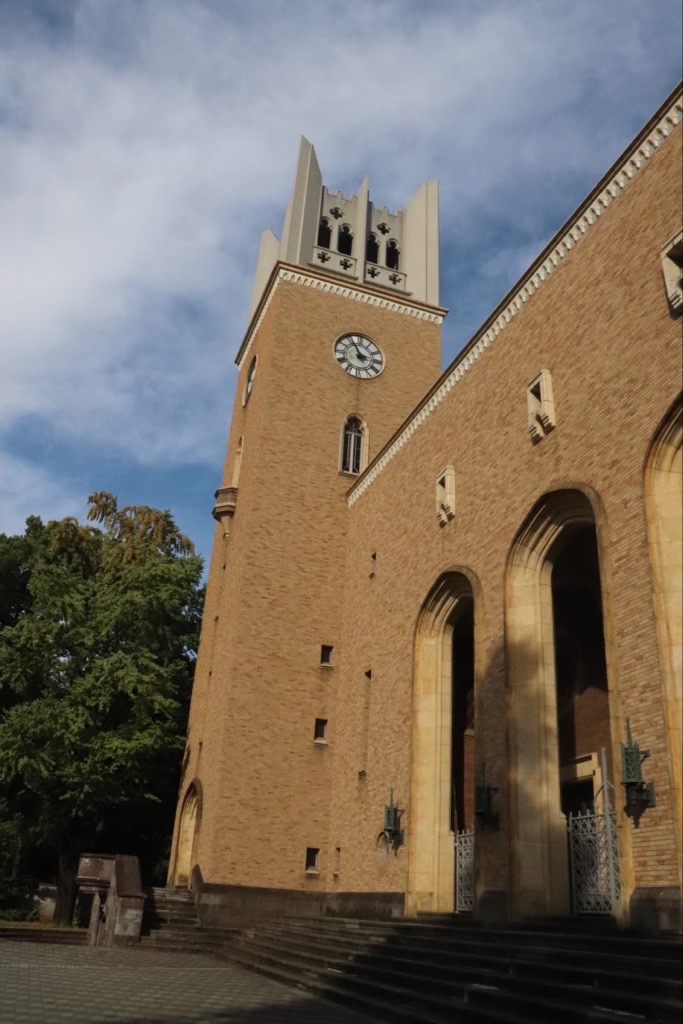
Founded by Shigenobu Okuma, who served as the 8th and 17th Prime Minister of Japan, Various historical buildings are located on the campus, including the Okuma Memorial Auditorium (built in 1927), a nationally designated Important Cultural Property, Building No. 2 (built in 1925), a designated historical building by the Tokyo Metropolitan Government, and the Theatre Museum (built in 1928), a Tangible Cultural Property designated by Shinjuku Ward. There are also the remains of Shigenobu Okuma, such as the General Information Centre and the Okuma Garden, as well as atmospheric buildings such as Kan-no-so, an old house from a Hida mountain village said to be 700 years old that has been relocated.
Gakushuin Girls' Junior & Senior High School
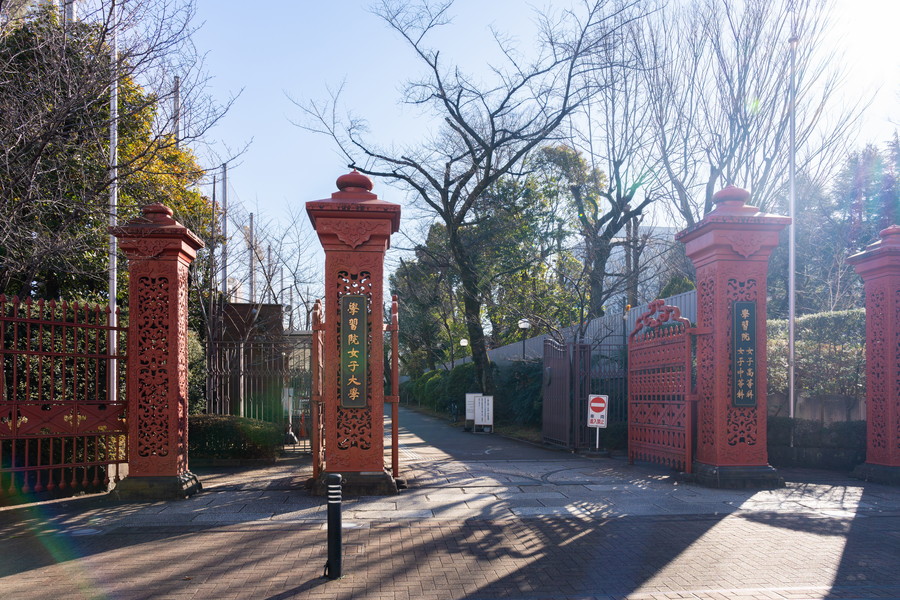
Founded in 1885 as a government-run educational institution for the children of noble families, the Gakushuin Girls' Junior & Senior High School were established as a 'noble girls' school'. Their symbolic reddish-brown main gate is the oldest cast-iron gate in Japan and is designated as a National Important Cultural Property. The B and C buildings, which are also the remains of the Konoe Imperial Guard Cavalry Regiment, are brick buildings built around 1912, and the excavation of Nara-period ruins under the tennis courts has also attracted attention.
Former Ogasawara Count's residence
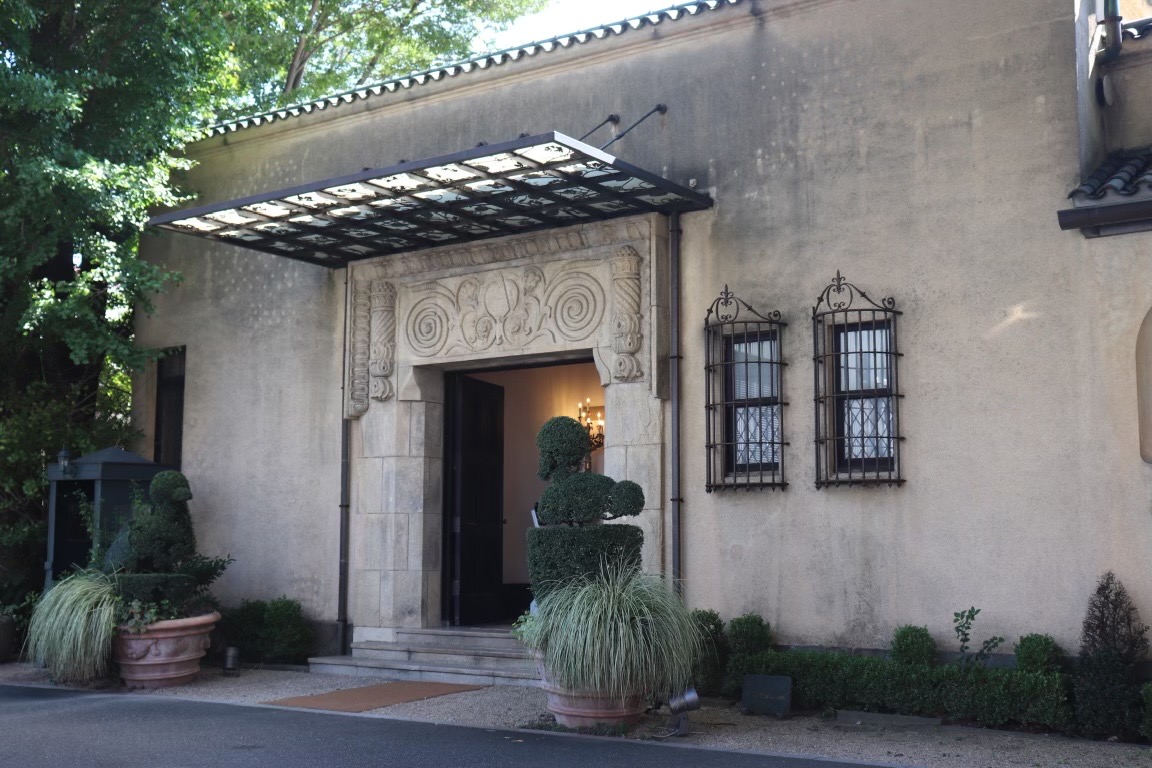
Completed in 1927, the former Count Ogasawara Residence was built as the residence of the former Lord of the Kokura Domain. The Spanish-style building was designed by the Sone Chujo Architectural Office, the first private architectural office in Japan, founded by Sone Tatsuzo, one of the students of Josiah Conder, who was famous for designing the Rokumeikan, Nicolai-do and Mitsubishi Ichigokan. The building is now open as a restaurant and is a popular venue for parties and weddings was selected as a Metropolitan Historical Monument in 2004.
Isetan Shinjuku Main Store
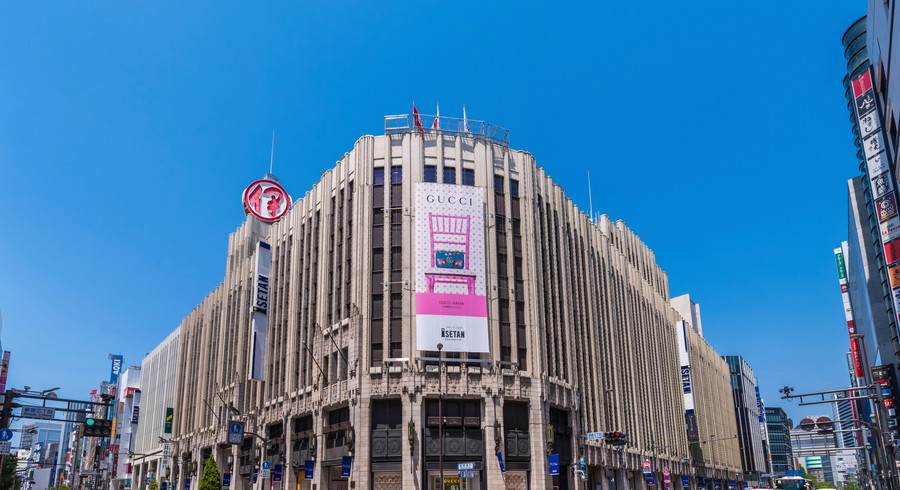
The current Isetan Shinjuku Main Store is a combination of the former Hoteiya, built in 1926, and the former Isetan Shinjuku Main Store, built in 1933. With a massive Art Deco style exterior, it has been selected as a historical building by the Tokyo Metropolitan Government. The building survived the war and continues to reign supreme as a symbol of Shinjuku, loved by many people of all ages.
A town where people of all ages, genders, always gather day and night, for any purpose.
The Shinjuku area developed as a post town and is now home to a terminal station that represents not only Japan but also the world. A town where people from diverse backgrounds come and go, where the atmosphere of history and the modern world of Japan coexist, it is full of charm and can be expected to develop further in the future.


